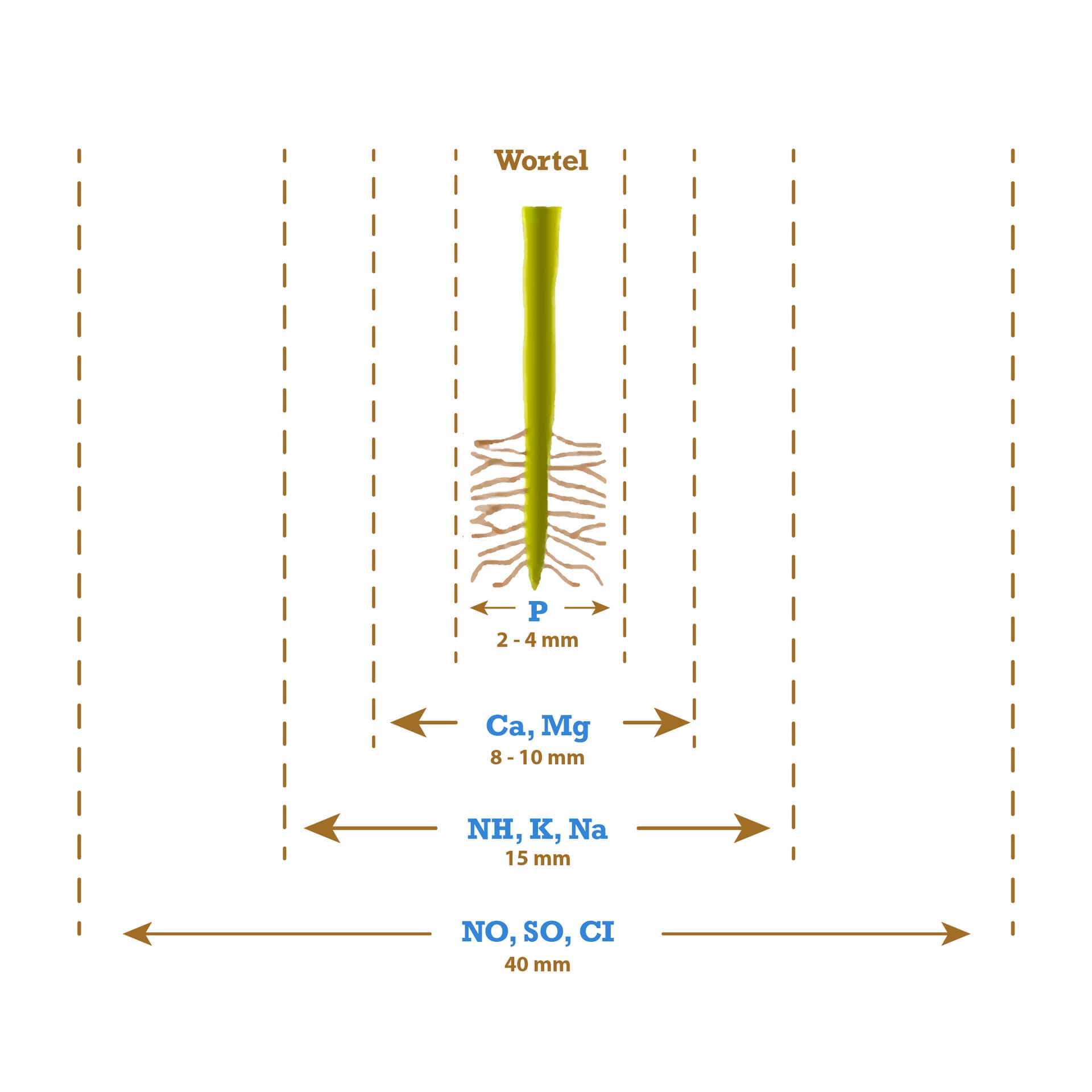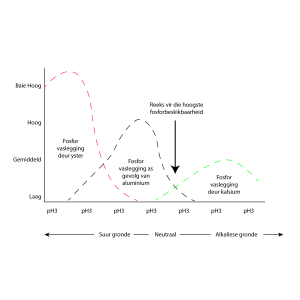Give potatoes a boost with INVIGORATE™
By Marné Vermaak (Agronomist) and Gideon Celliers (Senior Agronomist), Agri Technovation
The general needs
The number of potato tubers to be produced per potato plant is determined by the climate, agricultural practices and the specific variety’s potential. While weather patterns can to some extent be predicted, they cannot be controlled. It is therefore important to select a region that is suitable for potato cultivation. Other cultivation-related factors such as irrigation, pest control, seed quality and planting time, can actually be controlled and managed. To ensure that a harvest makes economic sense, each plant must be provided with the necessary water and nutrients as required during the various phenological stages.
Seed potatoes must be ripe and ready for plant. Although the quality of the planted seed potato plays a significant role in the final yield, it is not a so-called “silver bullet”. Production must be managed correctly from start to finish, and the seed’s potential can be achieved only if the production season runs smoothly.
Fertilisation is a key factor in determining the seed potential. A good tailor-made fertiliser programme that takes into account all of the field’s individual relevant factors, will ensure that the farmer derives the full potential from the seed potatoes.
The five important stages of potato development that ultimately determine crop potential.

Important nutritional elements
Nitrogen (N)
Nitrogen is a component of protein, chlorophyll and nucleic acid. This element is therefore essential for photosynthesis, vegetative growth and carbohydrate storage. A plant’s nitrogen needs as well as fertiliser application practices are determined by the length of the growing season, soil type and potential for leaching.
Balanced fertiliser applications ensure an excellent start to the eventual potato harvest. Too much nitrogen in the beginning of the growing season pushes the plant into growing more vegetatively, at the expense of tuber initiation. It is important that the correct nitrogen balance is maintained in the plant for plant growth and raising the crops. Nitrogen is especially important during foliation and, subsequently, for tuber growth to optimise carbohydrate production in leaves.
Phosphate (P)
Phosphate availability during tuber initiation is crucial to ensure maximum tuber set. It is difficult to determine the optimal economic amount of phosphate required by potatoes due to differences in soil type and chemistry. Fortunately however, potatoes respond quickly to phosphate applications. Where phosphate levels in the soil are insufficient, foliar sprays can be applied to ensure rapid phosphate availability to the plant.
Phosphate is essential for the growth stages that require high energy levels such as cell division, root development, flower formation and maturing. Other than for tuber initiation, phosphate is also essential for the synthesis, transport and storage of starch. Phosphate is not mobile in the soil. The placement of phosphate is therefore very important. Regarding phosphate application, band placement and fertigation are more effective than broadcasting, especially on soils with high potential for phosphate fixation.
Phosphate is an important source of energy during planting for growth, as well as stem and root elongation. Furthermore, it can lead to improved tuber set before and after tuber initiation and is also essential for growth during tuber bulking.

Figure 1: Illustration shows the placement of different plant nutrients (fertilisers) with respect to the roots according to the movement capacity in soil (How to increase potato tuber numbers, 2018).

Figure 2 : Graph shows the influence of soil pH on phosphate availability due to calcium precipitation at high soil pH and phosphate fixation with iron and aluminium at lower soil pH (Penn, Chad & Camberato, James, 2019).
Potassium (K)
It is a well-known fact that potassium affects the number of tubers that set. It is often forgotten however, that the potassium source or composition can play an equally important role. Potassium affects the transport of nutrients and the movement of carbohydrates from the leaf to the tuber. Potassium in potatoes is critical for higher yields and is required in bulk by potatoes. It is therefore of great importance to ensure that potassium does not become a limited nutrient during the growing season.
In the current economic times, fertiliser prices have a much greater impact than before. It is therefore important to firstly understand when the plant needs potassium and secondly, how potassium is made available to a plant, in order to determine how much potassium should be applied.
Using auxins and cytokinins together and in the correct balance is critical. In potatoes, auxins are usually produced in the stalk and move down to the roots, while cytokinins are produced in the root and move up to where they promote growth in the stalk (Sosnowski et al., 2023).
It is therefore crucial to maintain a well-balanced growth response, and in order to achieve this INVIGORATE™ is recommended.
What is INVIGORATE™
INVIGORATE™ is a foliar feed product formulated with several growth-supporting components as well as macro and micronutrients to stimulate early plant growth and root development in potatoes. INVIGORATE™ effectively supports the plant’s nutritional needs by providing macro and micronutrients in balanced concentrations.
When applied at the correct phenological stages, INVIGORATE™ stimulates the desired development for that specific stage in the potato plants.
The specific composition of INVIGORATE™ protects plants from dehydration and water stress by acting as an osmotic agent. INVIGORATE™ is applied to potatoes 2 to 4 weeks after 100% emergence during tuber initiation, to ensure the presence of a sufficient number of mature leaves for effective absorption. INVIGORATE™ can therefore be used as an effective and balanced product to ensure optimal growth in potatoes.


Figure 3: Improvement in root formation and tuber initiation is clearly visible after the application of INVIGORATE™.
References:
- How to increase potato tuber numbers (2018) Yara United States. Available at: https://www.yara.us/crop-nutrition/potato/how-to-increase-potato-tuber-numbers/ (Accessed: May 5, 2023).
- Penn, Chad & Camberato, James. (2019). A Critical Review on Soil Chemical Processes that Control How Soil pH Affects Phosphorus Availability to Plants. Agriculture. 9. 120. 10.3390/agriculture9060120.
- Sosnowski, J., Truba, M. and Vasileva, V. (2023). The impact of auxin and cytokinin on the growth and development of selected crops, MDPI. Multidisciplinary Digital Publishing Institute. Available at: https://www.mdpi.com/2077-0472/13/3/724 (Accessed: May 5, 2023).

